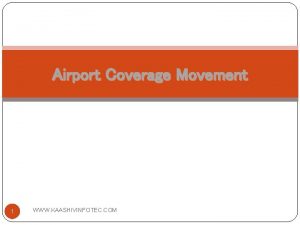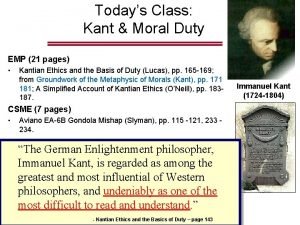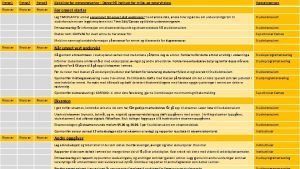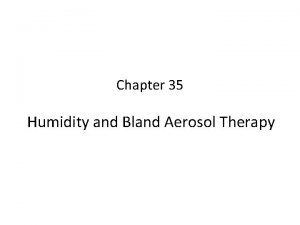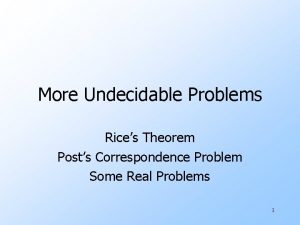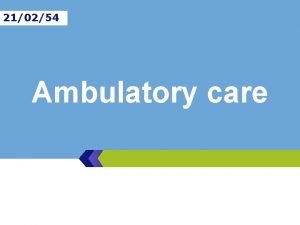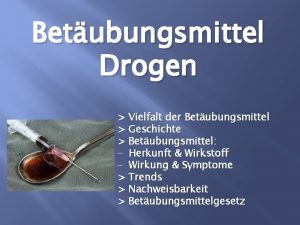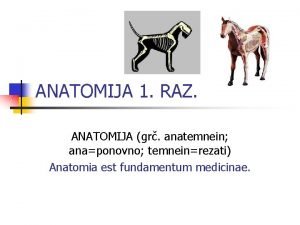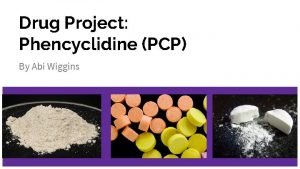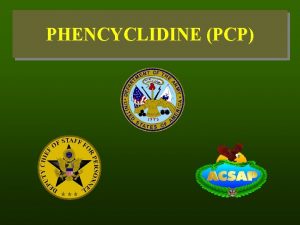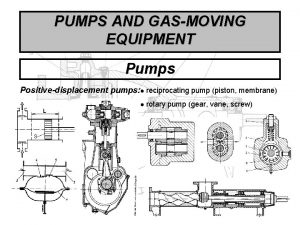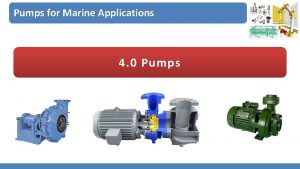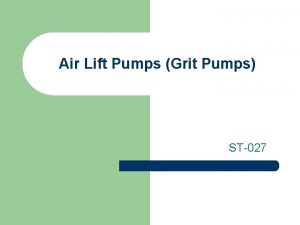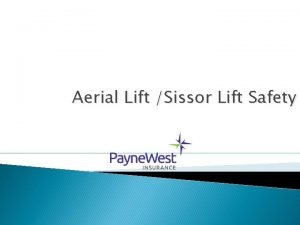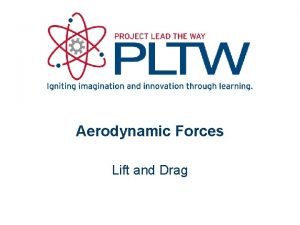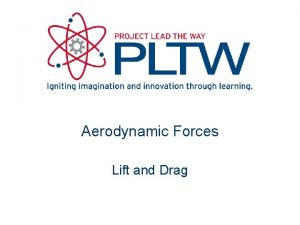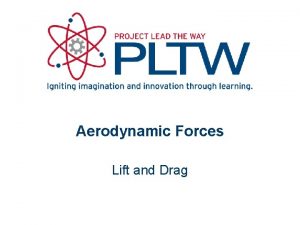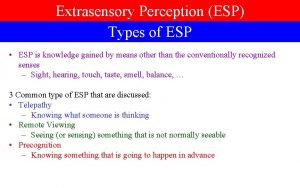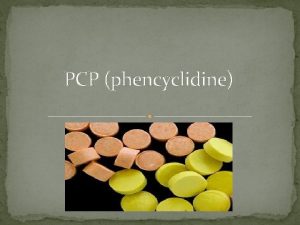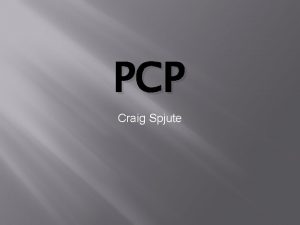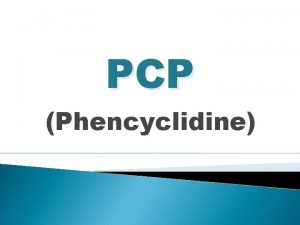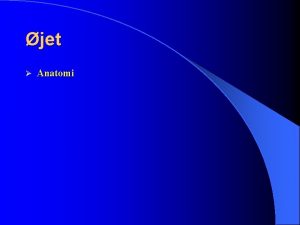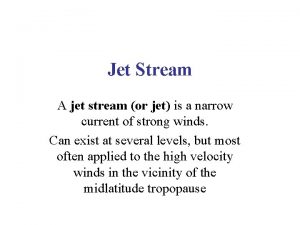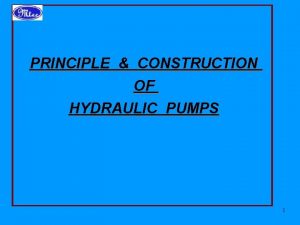HVL High Volume Lift Jet Pumps ESP PCP






















- Slides: 22

HVL (High Volume Lift) Jet Pumps, ESP & PCP

Artificial Lift Capacities #1 Jim Hacksma 2

Artificial Lift Capacities #2 Jim Hacksma 3

Jet Pumps, ESP & PCP q All three methods pump very high liquid rates Ø See q For q In two prior slides GWD, have no need for such high rates wells with GWD, typical conditions are; Ø Mostly Ø Low gas FBHP ►Only modest liquid ►Pump-off conditions Ø The big question ►How do these three methods perform under such conditions? Ø Unfortunately, Jim Hacksma not very well 4

Jet Pumps Jim Hacksma 5

Jet Pumps q Great q But, for deep, high volume, low GLR wells jet pumps are poor in low rate gas wells; Ø Wells that commonly have; Ø Lots of gas ►Relatively little liquid Ø Low FBHP ►Pump-off conditions Jim Hacksma 6

Cavitation is primary problem in jet pumps q Occurs Ø Gas when pressure in pump is low bubbles form ►Damages pump q Common when too little liquid production q Cavitation unavoidable in pump-off condition q Inconsistent with low rate gas wells Ø Gas ►Little liquid ►Pump-off ►Low pump pressure Ø Not suitable for low rate gas wells Jim Hacksma 7

Cavitation (cont’d) q Because Ø Must ü of danger of cavitation; maintain high PBHP Min PBHP can be as much as 10 -30% of hydrostatic Ø Must maintain high fluid level (well above pump) Ø Can’t pump-off well Ø Liquid ØA production cannot be very low PBHP is desired, Ø But, Jim Hacksma jet pump cavitates before low PBHP created 8

Jet Pump Conclusion q Because of danger of cavitation, jet pumps are not suitable for GWD, where; Ø Liquid rates may be low Ø Gas rates are relatively high Ø Low FBHP Ø Pump-off Jim Hacksma conditions 9

ESP Electric Submersible Pumps Jim Hacksma 10

ESP Use q ESP’s are typically used in wells that produce high liquid rates & little gas Ø Does not sound like typical liquid loaded gas well q ESP’s Ø Low are not well suited for lower liquid rates can cause; Ø Pump Ø Gas locking Ø Heat Jim Hacksma cavitation damage due to inadequate cooling 11

ESP Position q With SRP, for best gas separation, where is pump landed? Ø Below q With perfs, if possible ►Natural gas separator ESP, where is pump normally landed? Ø Above perfs Ø Why? It is usually necessary, but setting above perfs creates gas problems Jim Hacksma 12

ESP Cooling q Pump on top ►Electric motor bottom Ø Liquid passes by motor on way to pump Ø Motor cooled by liquid passing by motor Ø If q If reversed, liquid could not get from pump to tubing assembly were below perfs; Ø Liquid Ø And, be sucked into pump Ø Liquid q Thus, Jim Hacksma would fall from perfs to pump would not reach motor ►Would not be cooled for cooling, assembly is above perfs 13

ESP Cooling (cont’d) q Gas Ø If is a poor coolant large quantities of gas pass by the motor; Ø Cooling Ø This Jim Hacksma is reduced ►Potentially damaging motor is a common problem in gas wells 14

Gas Separation Shrouds can improve gas separation q But, shrouds require more space Ø Shrouds require larger casing Ø Below perfs, shroud would be open on bottom Ø Above perfs, shroud would be open on top Ø Shrouds q Cooling Ø Too Jim Hacksma may improve gas separation, but… often remains a problem little liquid ►Too much gas 15

ESP Conclusion q Following Ø Poor Ø Gas shortcomings limit use of ESP gas separation interference & gas locking Ø Pump cavitation Ø Inadequate q ESP’s are not suitable for GWD Ø Where Jim Hacksma motor cooling there may be only modest liquid production 16

PCP Progressing Cavity Pumps Jim Hacksma 17

PCP Use q Commonly used in CBM (coal bed methane) Ø Used to de-water the coal bed Ø Used to pump high volumes of water Ø Must handle coal fines Ø For Jim Hacksma this purpose, the PCP is exceptional 18

Downfalls of PCP q Pump Ø If damage allowed to run dry Ø Insufficient Ø Pump over-heating results q Settling Ø Cannot Ø Must of coal fines be allowed to settle in tubing above pump be carried to surface with high velocity liquid Ø Insufficient Jim Hacksma liquid production passing thru pump liquid production leads to fines settling 19

PCP Downfalls (cont’d) q Two greatest problems (over-heating & settling) both a result of too little liquid production Ø Too little liquid production is often a problem in low rate gas wells q PCP’s Jim Hacksma are not suitable for GWD 20

HVL methods are usually not suitable for GWD Jim Hacksma 21

Questions? q Jim Hacksma q Consulting q Specialty Petroleum Engineer – Gas Well Deliquification q 832 -559 -7332 office q 281 -415 -4715 cell q 11903 Amyford Bend, Cypress, TX 77429 q Jim. Hacksma@comcast. net Jim Hacksma 22
 Yelvington jet aviation jet fuel
Yelvington jet aviation jet fuel Italy cable car crash
Italy cable car crash Kaltura hvl
Kaltura hvl Semesteravgift hvl
Semesteravgift hvl Utveksling afrika
Utveksling afrika Nynorsk sjekkliste eksamen
Nynorsk sjekkliste eksamen Large volume jet nebulizer
Large volume jet nebulizer Pcp ppi
Pcp ppi Pcp scitt
Pcp scitt If pcp is decidable then mpcp is
If pcp is decidable then mpcp is Pcp treatment
Pcp treatment Pcp vs scp
Pcp vs scp Nagpupugay kahulugan
Nagpupugay kahulugan Pcp
Pcp Fsma pcp
Fsma pcp Krokodil droge
Krokodil droge Pcp theorem
Pcp theorem Como o pcp ajuda a empresa a se tornar competitiva
Como o pcp ajuda a empresa a se tornar competitiva Spc forum
Spc forum Pcp ppi
Pcp ppi Pse
Pse Phenylcyclohexylpiperidine
Phenylcyclohexylpiperidine Pcp id number lookup harvard pilgrim
Pcp id number lookup harvard pilgrim
